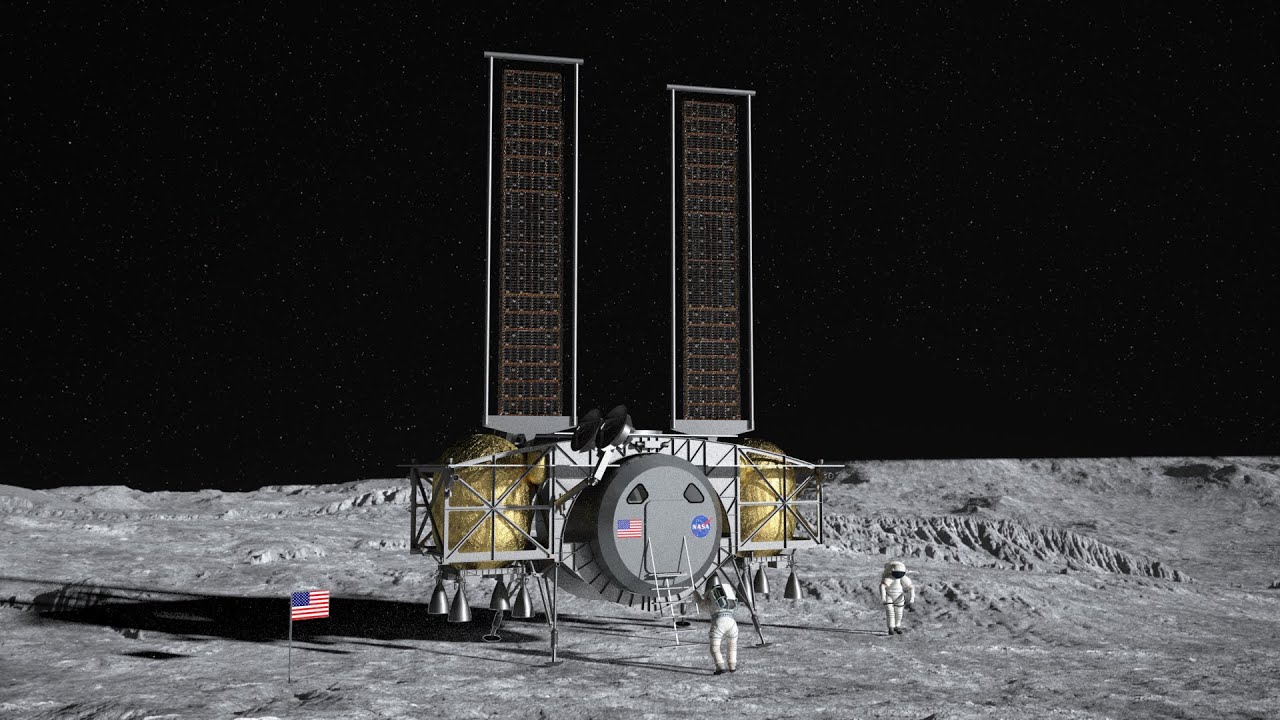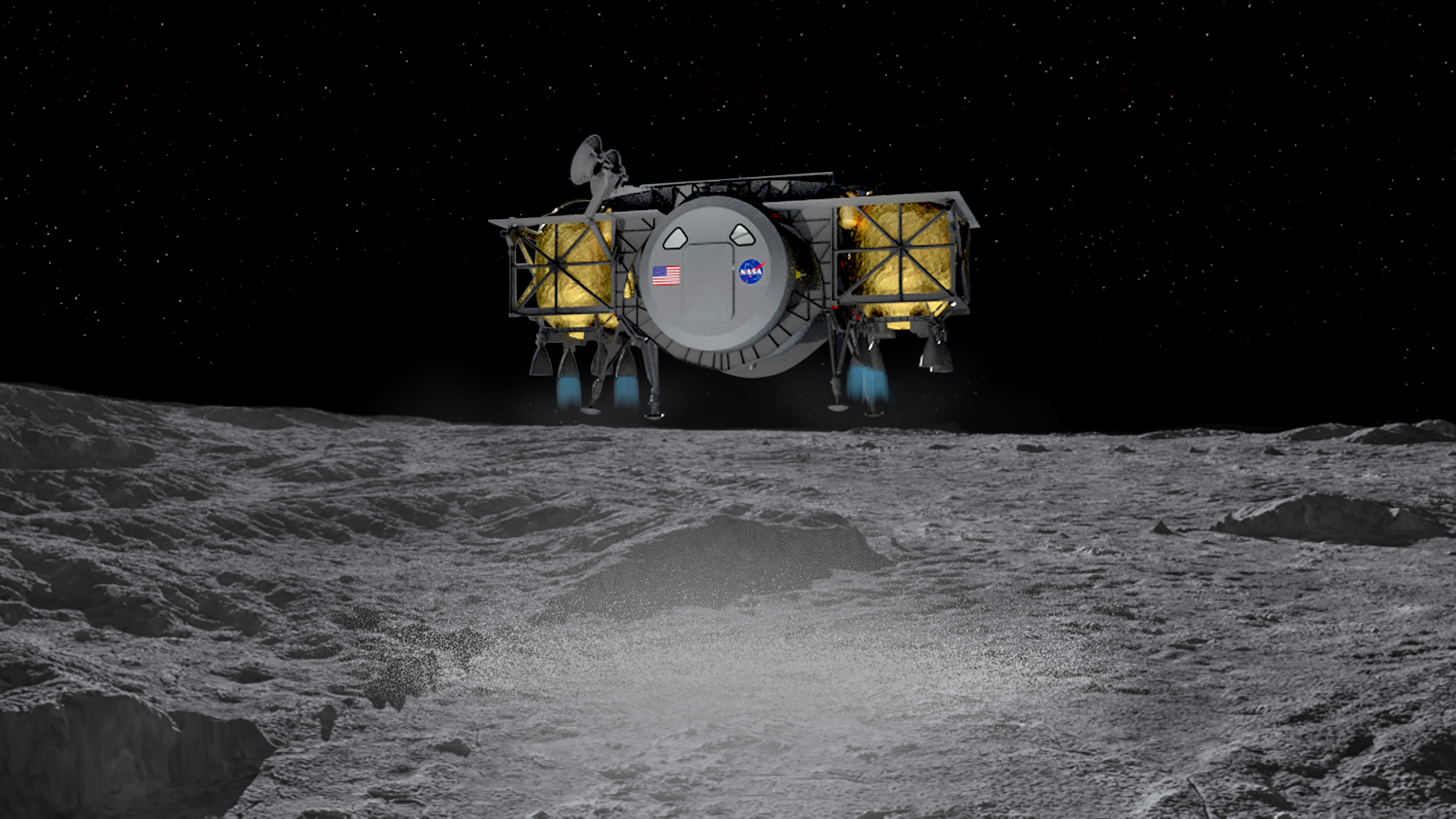NASA’s ambitious Artemis program will see two astronauts returning to the surface of the moon for the first time since Apollo 17 touched down in December of 1972. To achieve this by 2024, the U.S. space agency has commissioned three private aerospace companies to design and manufacture human landing systems (HLS) for the mission. SpaceX, Blue Origin, and Dynetics, a subsidiary of Leidos, have begun working on conceptualizing their human carriers which the astronauts will use to land on and take off from our lunar neighbor.
Within the Dynetics team is a number of smaller subcontractors that will play specific but crucial roles in the development of Dynetics’ HLS – one of which is Tuskegee. As the project’s only university-based team of academics, Tuskegee University’s engineering researchers will oversee the testing and evaluation of additively manufactured parts for the lunar lander.
Kim Doering, vice president of Space Systems at Dynetics, said, “Dynetics is excited to lead this expert team of subcontractors that will return Americans to the lunar surface. This team has a proven history of technical excellence, and their contributions will greatly benefit the future of space exploration.”

3D printing the Artemis lunar lander
The Tuskegee team will carry out tensile and fatigue testing on the lander’s 3D printed components, evaluating their quality, durability, and suitability for the harsh environments outside of Earth’s atmosphere. The researchers will also be carrying out metallurgical evaluations from scratch, as 3D printed materials and parts carry new challenges in their standardization and certification. The studies will help establish the currently unknown relationships between the microstructure, processing, and properties of the 3D printed parts.
Dr. Heshmat Aglan, dean of Tuskegee’s College of Engineering, explains: “Tuskegee University is proud to join this illustrious team helping the nation land astronauts on the moon by 2024. Our College of Engineering’s state-of-the-art facilities in additive manufacturing and materials processing and characterization have placed us in a strong position to join such a significant undertaking. This project provides real-time engineering opportunities as the College of Engineering educates the next generation of scientists and engineers.”
Dynetics’ HLS
The crew module of the Dynetics human lander will accommodate two crew members on missions from lunar orbit to the surface of the moon and back. Included within this is surface habitation capabilities for about a week. Alternatively, the HLS can be used to transport four suited crew members to or from the surface of the moon with no pit stop. The final design will be launched on the Space Launch System Block 1B vehicle. For future commercial launches, the HLS will be able to hitch a ride on United Launch Alliance’s Vulcan Centaur rocket.

As horizons broaden past the technological limitations of yesterday, we see the aerospace industry beginning to adopt 3D printing to manufacture mission-critical parts. Last year, metal 3D printing specialist Fabrisonic, along with optical sensor specialist Luna Innovations, was contracted by NASA to help gather data cryogenic fuel pipe data during rocket tests. The team used UAM technology to 3D print sensors directly into the walls of the tested fuel pipes. Elsewhere, in California, Relativity Space secured its new 120,000 square foot headquarters to begin work on 3D printing parts for its own rocket – Terran 1.
The nominations for the 2020 3D Printing Industry Awards are now open. Who do you think should make the shortlists for this year’s show? Have your say now.
Subscribe to the 3D Printing Industry newsletter for the latest news in additive manufacturing. You can also stay connected by following us on Twitter and liking us on Facebook.
Looking for a career in additive manufacturing? Visit 3D Printing Jobs for a selection of roles in the industry.
Featured image shows human lander on the surface of the moon. Image via Dynetics.



